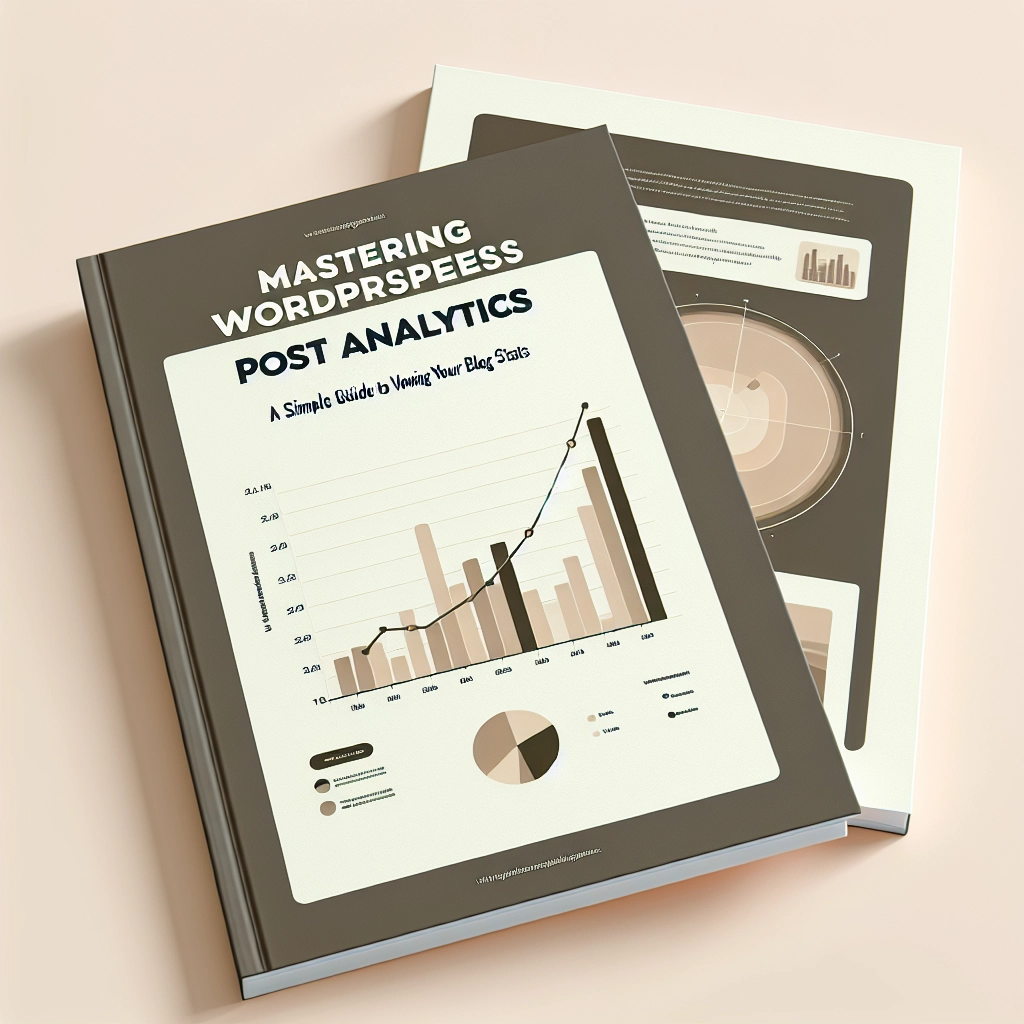Tracking your WordPress blog stats is an essential task that reveals insights about your audience’s preferences and helps optimize your content strategy. Rather than feeling overwhelmed, it’s an exciting opportunity to understand what content resonates best and how to elevate your blog’s performance.
Understanding WordPress Post Analytics
WordPress post analytics encompasses the data and reports that illustrate the interactions on your blog posts. Key metrics to consider include:
- Pageviews: The number of times a specific post has been viewed.
- Bounce Rate: The percentage of visitors who leave the site without engaging with more than one page, indicating the effectiveness of your content.
- Time on Page: The duration readers spend on your posts, which often correlates with engagement levels.
- Traffic Sources: Insights on where your traffic is coming from (social media, search engines, etc.).
- SEO Statistics: Impressions and clicks showing how often your content appears in search results and which keywords are driving traffic.
Keeping track of these metrics enables you to gauge your content’s effectiveness, spot trends, and refine your strategies for audience growth and retention.
Methods for Checking Blog Stats in WordPress
There are several methods to monitor your blog’s performance:
-
Method 1: Individual Post Stats
Using beginner-friendly plugins like MonsterInsights can simplify the process of connecting Google Analytics to your WordPress dashboard, allowing you to see individual post performance easily. After installation, you can track visits, engagement time, and other critical metrics right from your dashboard. -
Method 2: Content Rankings and Decay
All in One SEO (AIOSEO) can help you identify content decay—where your posts gradually lose traffic and rankings. By keeping an eye on your content’s performance metrics, you can update or optimize pieces that show signs of declining interest.
Bonus: Tracking User Engagement
To further understand your audience, consider tracking user engagement. This involves analyzing what visitors do once they land on your site. Whether they read your posts, click on links, or exit quickly, these actions provide critical feedback on how engaging your content is.
Common Questions About Blog Analytics
-
Can bloggers see who visits their posts?
WordPress does not disclose personal visitor data due to privacy policies, but tools like Google Analytics allow you to view anonymous data about visitor trends. -
What tools are available for tracking blog post traffic?
Plugins like MonsterInsights and AIOSEO streamline this process, providing insights directly within your WordPress dashboard.
Conclusion
By leveraging tools for monitoring analytics, you can enhance your understanding of your audience and refine your content strategy. Make informed decisions based on these insights to grow your audience and improve engagement, setting a solid foundation for your WordPress blogging journey.
Welcome to DediRock, your trusted partner in high-performance hosting solutions. At DediRock, we specialize in providing dedicated servers, VPS hosting, and cloud services tailored to meet the unique needs of businesses and individuals alike. Our mission is to deliver reliable, scalable, and secure hosting solutions that empower our clients to achieve their digital goals. With a commitment to exceptional customer support, cutting-edge technology, and robust infrastructure, DediRock stands out as a leader in the hosting industry. Join us and experience the difference that dedicated service and unwavering reliability can make for your online presence. Launch our website.

